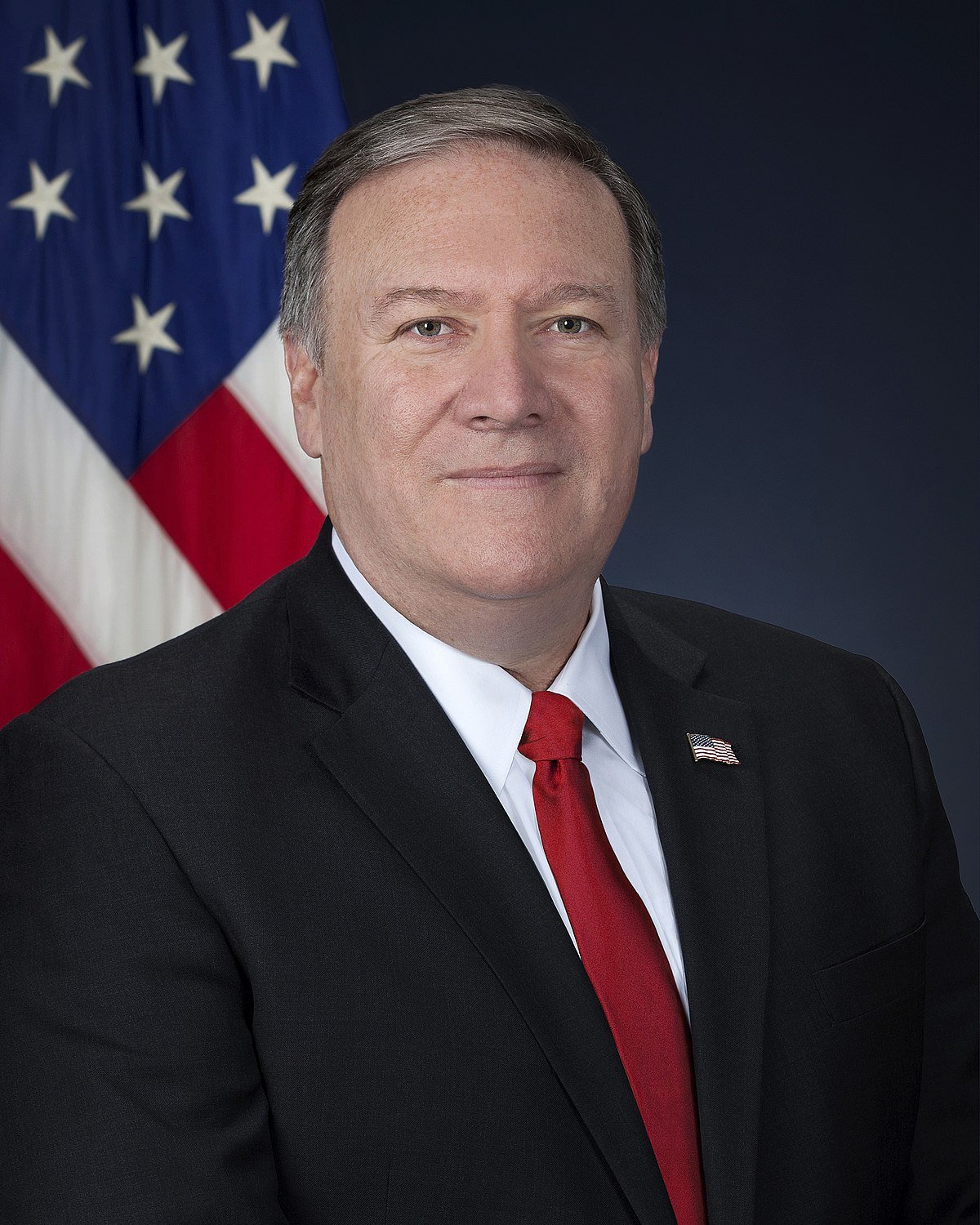Washington, October 23 (Reporter Liu Pinran) US Secretary of State Pompeo met with visiting Armenian Foreign Minister Mnatsakanyan and Azerbaijani Foreign Minister Bayramov on the 23rd to discuss Nagorno-Kara The situation in the Bach (Naka) area.
The US State Department said in a brief statement that day that Pompeo emphasized to both parties that violence should be stopped and civilians should be protected, and that the parties should begin substantive negotiations to resolve the conflict under the coordination of the co-chairs of the Minsk Group of the Organization for Security and Cooperation in Europe. The importance of.
U.S. President’s National Security Affairs Assistant O’Brien also met with Mna Tsakkanyan and Bayramov on the situation in the Naka region.
A new round of conflict broke out in Armenia and Azerbaijan on September 27 over the Naka issue. On October 10, the foreign ministers of Russia, Azerbaijan, and Armenia issued a statement in Moscow saying that the two countries reached a ceasefire agreement in the Naka region and agreed to a ceasefire in the Naka region from 12:00 local time on the 10th. On October 17, the two countries announced that they had reached an agreement to implement a humanitarian ceasefire in the Naka region, and agreed to implement a humanitarian ceasefire from 0:00 local time on the 18th. After the two ceasefire agreements came into effect, both sides accused the other of violating the agreement to launch attacks.
The Naka region is located in southwestern Azerbaijan, and its residents are mostly Armenians. After the disintegration of the Soviet Union, war broke out between Azerbaijan and Armenia over the ownership of the Naka region. In 1994, the two sides reached an agreement on a comprehensive ceasefire, but the two countries have been in a state of hostility due to the Naka issue, and armed conflicts have occurred from time to time.



